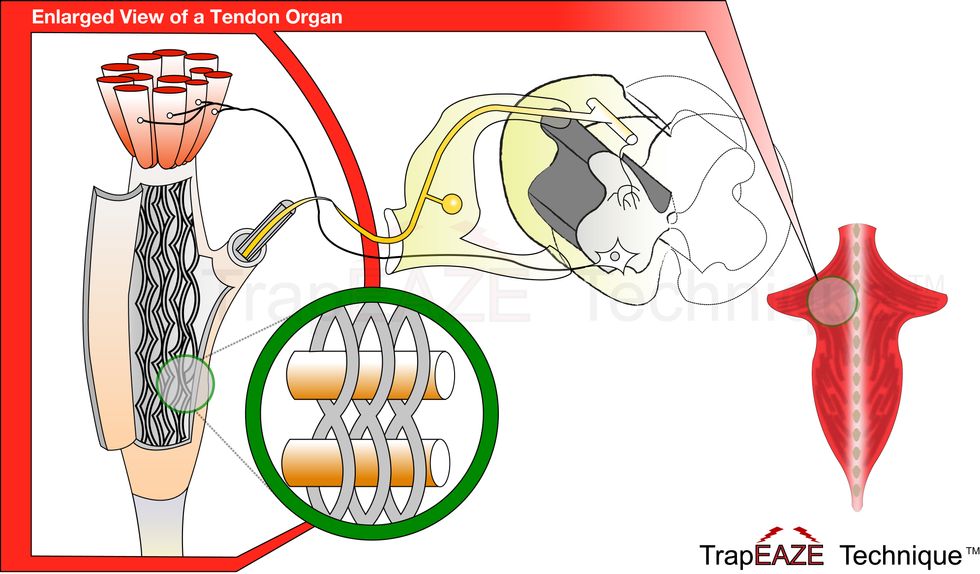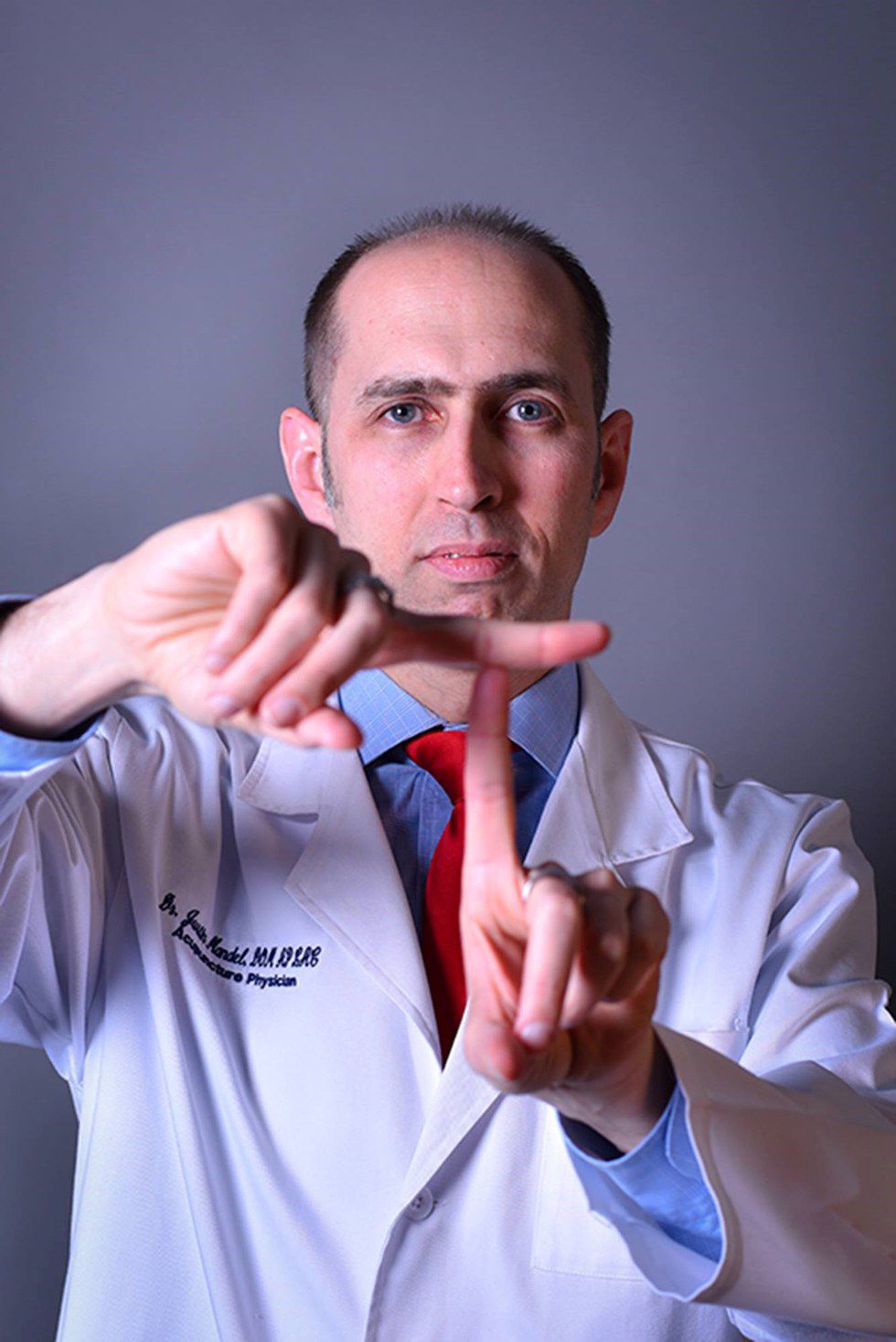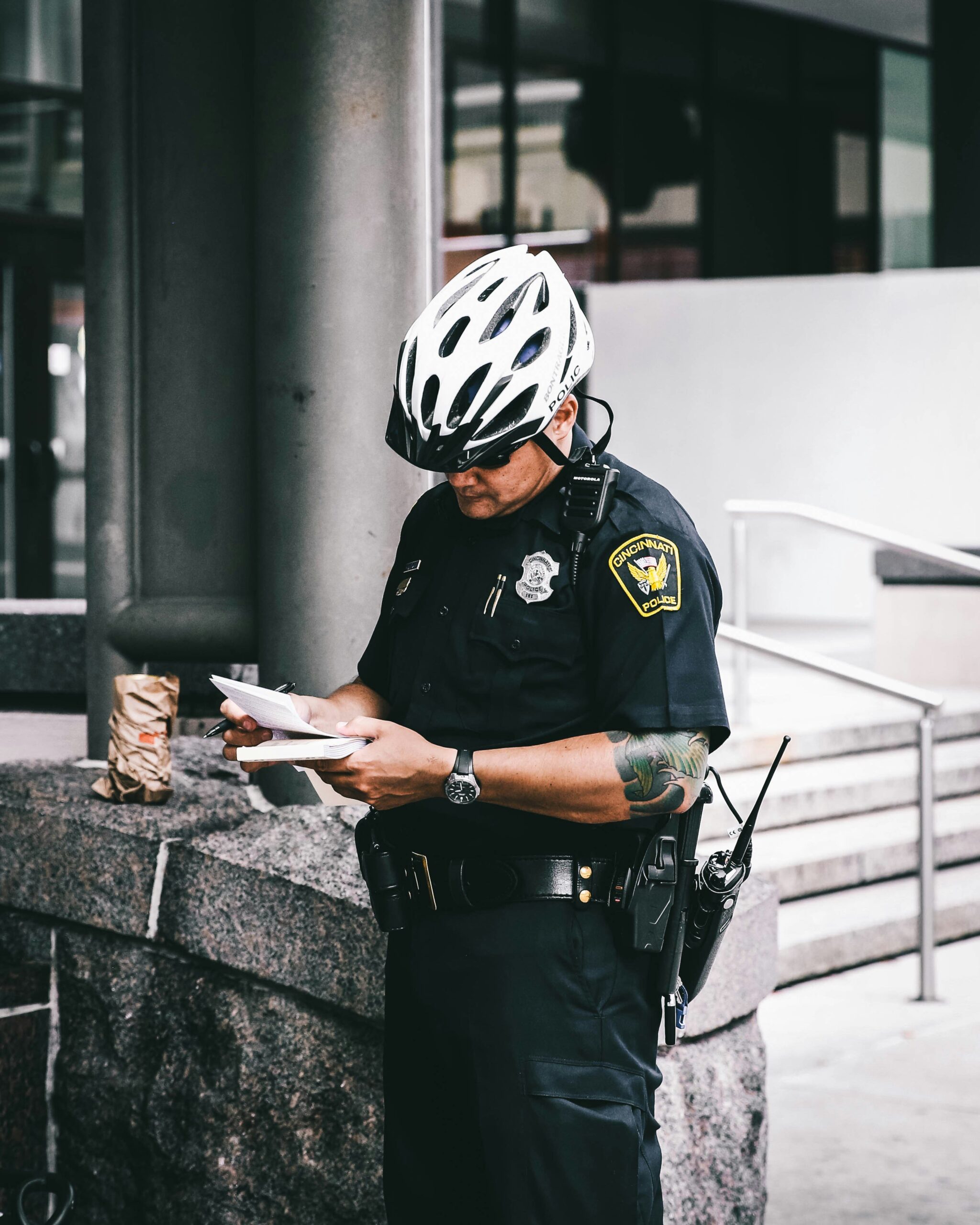By: Melissa A. Kay
The opioid epidemic in America and around the world is alarming. Doctors are doling out these addictive painkillers like they’re candy, and patients – while relieved to be free of pain – can find themselves in an even greater dilemma, on a downward spiral with an addiction to these drugs.
As per the National Institute on Drug Abuse (NIDA), “It is estimated that between 26.4 million and 36 million people abuse opioids worldwide, with an estimated 2.1 million people in the United States suffering from substance use disorders related to prescription opioid pain relievers.” This is a statistic from 5 years ago, and ever since, the number has been steadily on the rise.

And some officials, for example, in Florida, are starting to take notice. According to The Daily Caller, “State Sen. Aaron Bean (recently) filed a bill that puts a seven-day limit on the initial prescriptions of opioids to a patient for short-term pain management. The proposal aims to reduce the number of people that become unwittingly addicted to opioid painkillers after being prescribed the potent drugs by a doctor. The bill will allow doctors to prescribe up to a 30-day supply of opioid painkillers for script renewals. It will also require doctors to run patient names through Florida’s prescription drug monitoring database before issuing prescriptions to cut down on patient doctor shopping.”
Still, well-intentioned patients take these prescribed opioids without hesitation – they are recommended by a trusted medical professional – and the idea of addiction isn’t even a blip on their radar. But according to NIDA, “Opioids are similar to, and act on the same brain systems affected by morphine, (and) they present an intrinsic abuse and addiction liability.” No intelligent patient would accept illegal drugs for their pain, yet opioids prescribed by their doctor seem safe. The problem is, these drugs mask the pain – they don’t cure the ailment, making the drug-giving and taking cycle near endless.
NIDA notes, “Although opioid medications (can) effectively treat acute pain and help relieve chronic pain for some patients, their addiction risk presents a dilemma for healthcare providers who seek to relieve suffering while preventing drug abuse and addiction.” And when it comes to painful and often debilitating upper back pain, there has yet to be a solution as effective as these heavy pain meds… until now.

The first-of-its-kind TrapEAZE Technique™, developed by Dr. Justin Mandel, DOM AP LAC, is a non-surgical and non-invasive solution for upper back pain patients which eliminates the need or desire to head towards potentially dangerous and threatening opioids for treatment. With the TrapEAZE Technique, patients finally get relief by treating the root cause of their upper back pain, which is often caused by fibrous bundles of muscle where the tiny individual muscle fibers intertwine into each other and cause painful knotting and pulling sensations.

The specialized TrapEAZE Technique™ is a 4-step, patent-pending system that was designed specifically to deal with trapezius muscle issues. The therapeutic approach relies on a series of 5 different manual therapy techniques that targets the problem(s) that causes upper back pain. These gentle, yet effective techniques are applied by hand in a specific sequence that allows the tiny muscle fibers to naturally untangle and straighten out. No machinery or equipment is required, only the application of the technique by trusted practitioners who earn certification upon completion of the TrapEAZE Technique™ instruction process.
If you suffer from upper back pain, you don’t have to worry about addiction – only a solution with the innovative TrapEAZE Technique™. Drugs may mask the pain, but they won’t give you a new lease on life like TrapEAZE can.
To locate a practitioner in your area, refer to the TrapEAZE website.
Get Ready for Halloween!! Find Your Costumes at TIPSY ELVES!











